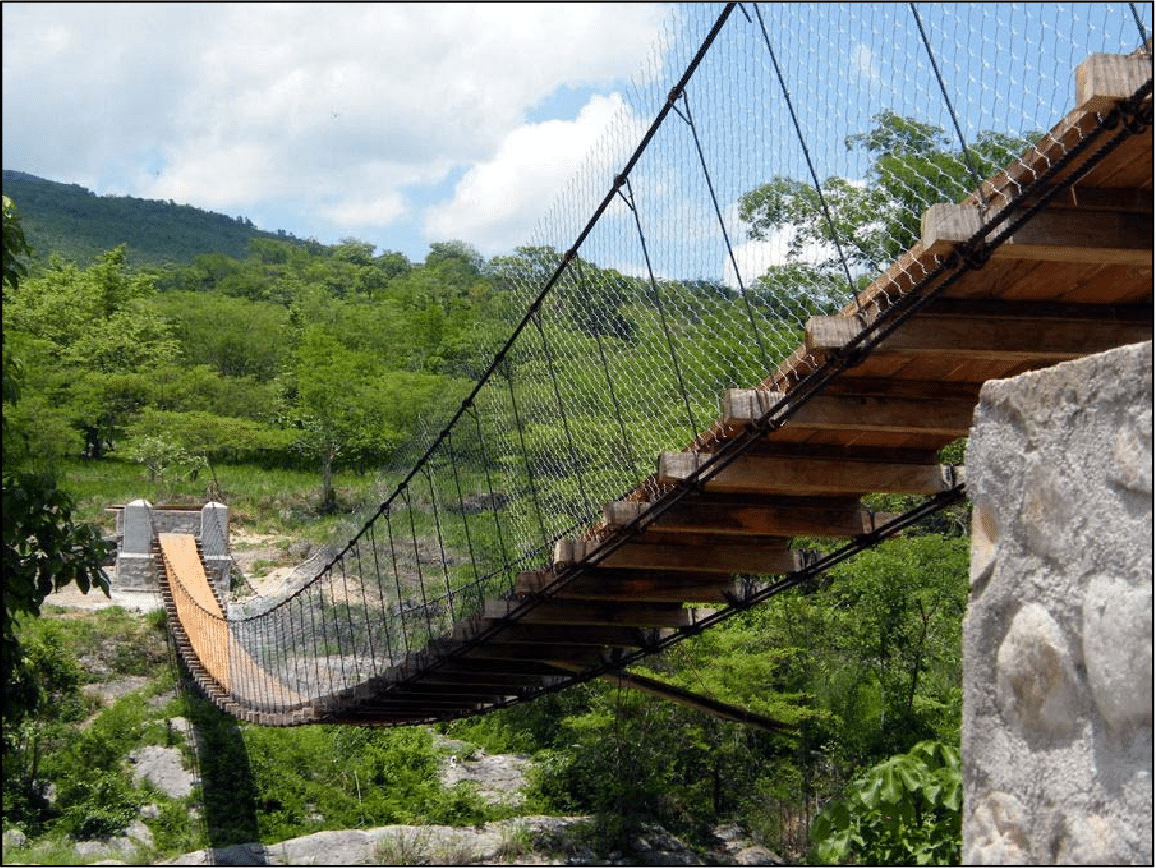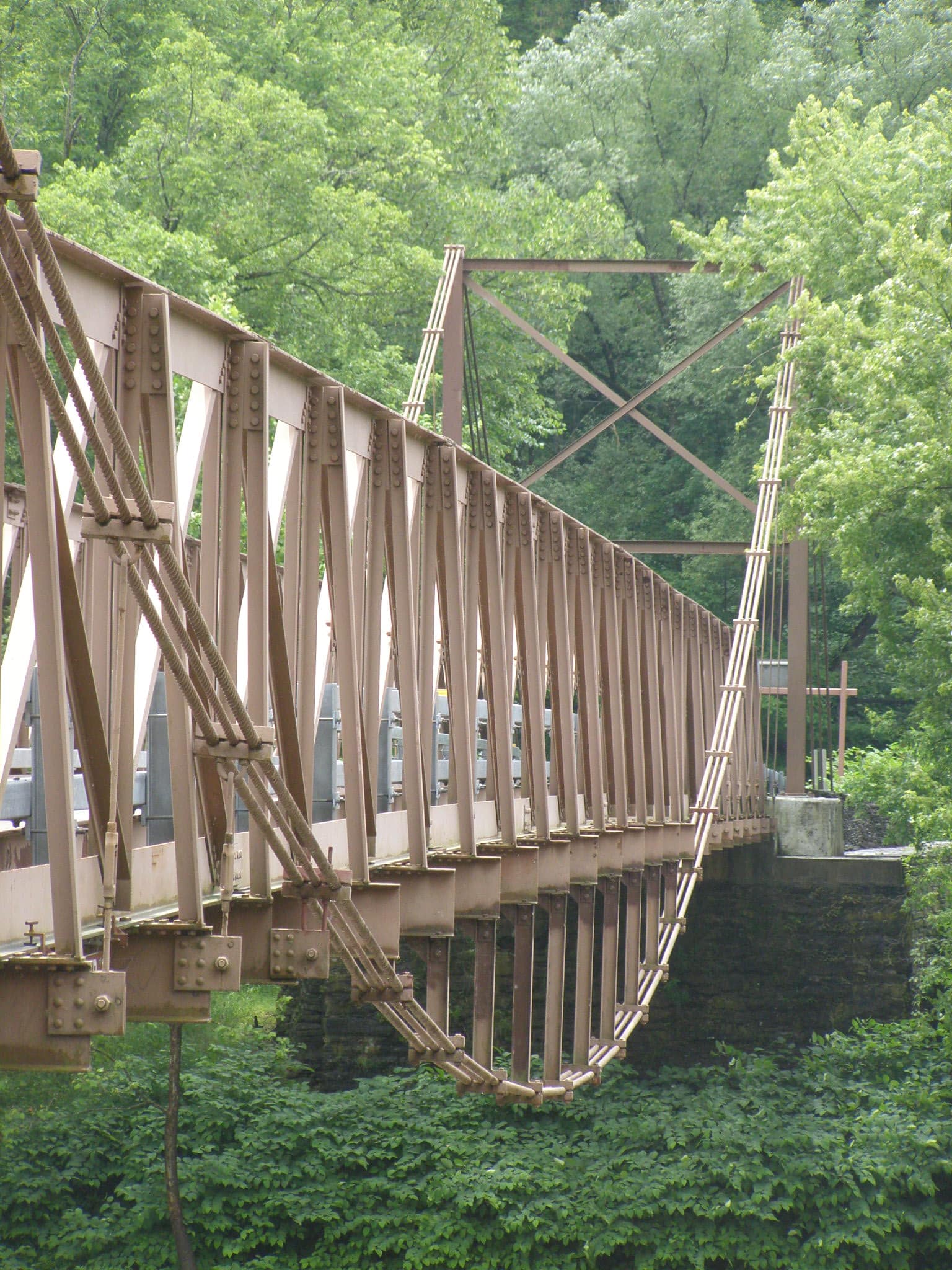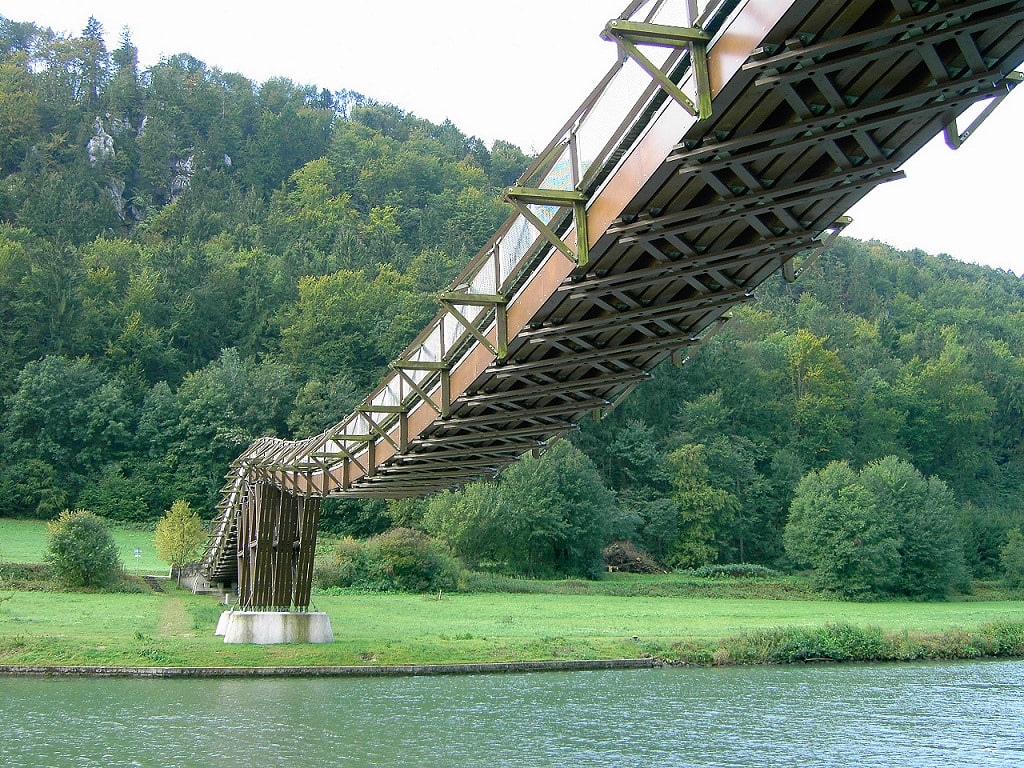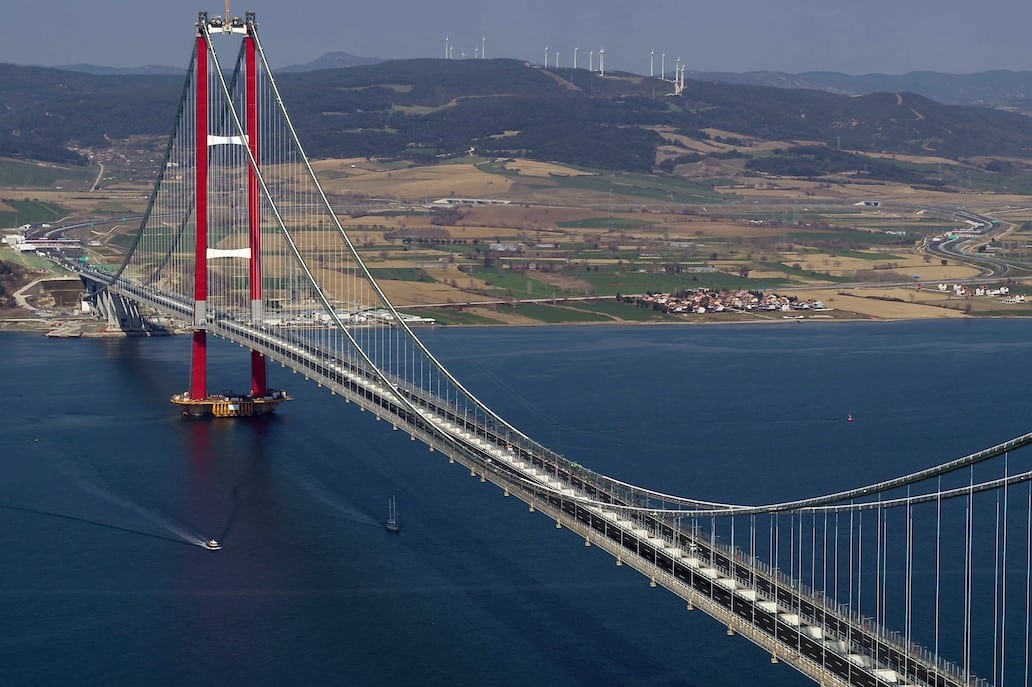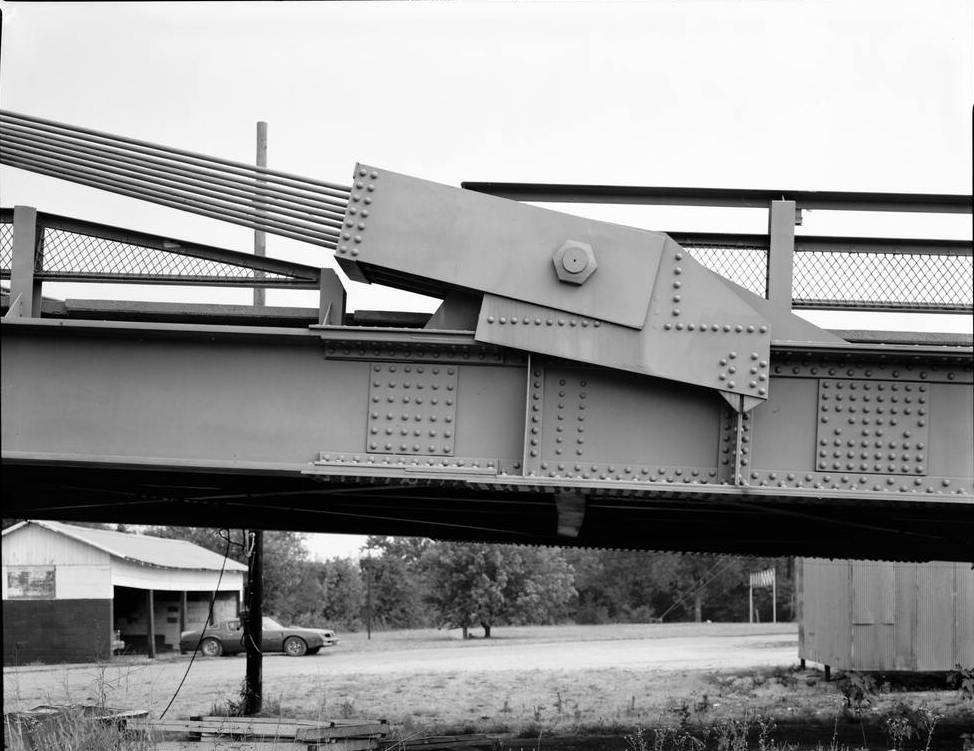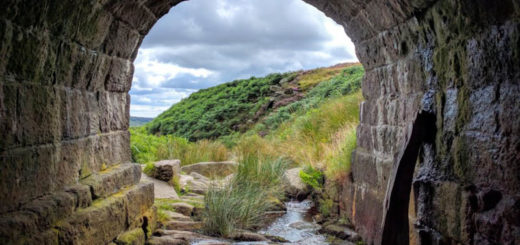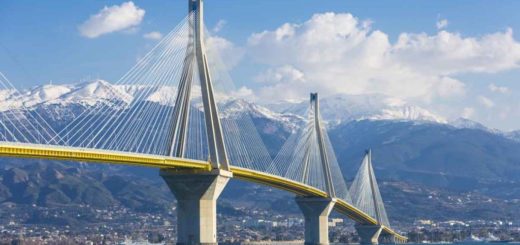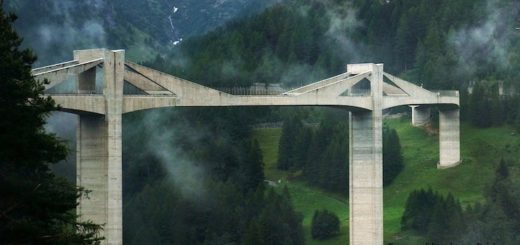Types of Suspension Bridges
Suspension bridges are iconic structures that have captivated the imagination of engineers and the general public for centuries. They are one of the oldest and most widely used types of bridges and can be seen spanning rivers, straits, and other obstacles worldwide. In this article, we will provide an overview of the different types of suspension bridges for civil engineers, outlining the features and characteristics of their various designs.
There are two main types of suspension bridges: cable-stayed and suspension.
Cable-stayed bridges are relatively new compared to suspension bridges, with the first one being built in the early 19th century. In this type of bridge, the deck (driving surface) is supported by a series of cables that are attached to towers. The cables are arranged in a fan-like configuration and act as stays, or supports, for the bridge deck.
The main advantage of cable-stayed bridges is that they can span longer distances than suspension bridges of a comparable size. This is due to the fact that the cables provide a more direct support to the Deck, resulting in a more efficient load transfer. As a result, cable-stayed bridges are often used to span distances between 2,000 and 4,000 meters.
Suspension bridges, on the other hand, have been used for thousands of years and are one of the oldest types of bridges still in use today. In a suspension bridge, the deck is suspended from a series of cables that are attached to towers on either end of the bridge. The cables are arranged in a parallel configuration and transfer the weight of the deck and any loads.
Suspension bridges are typically used to span distances between 1,000 and 2,000 meters, but the record-holding bridge, the Akashi-Kaikyō Bridge in Japan, has a main span of just over 3,000 meters.
The main advantage of suspension bridges is that they are very flexible, which makes them able to withstand strong winds and seismic activity. Additionally, suspension bridges can be built using a variety of materials, such as steel, concrete, and even wood.
While both suspension and cable-stayed bridges are amazing feats of engineering, they each have their own unique advantages and disadvantages. In the end, the type of bridge used for a particular project will depend on a variety of factors, such as the span of the crossing, the geological conditions of the site, the loads that need to be carried, and the available construction materials.
What is Suspension Bridge
Suspension bridges are the most common bridge type in the world. They are defined by using steel cables that are anchored at each end of the bridge to hold it up. Suspension bridges have a long history of being built by hand and are not considered to be particularly complex structures. However, due to their aesthetics, many suspension bridges were constructed for the purpose of public entertainment rather than as a means of transportation.
Types of Suspension Bridges
There are different types of suspension bridges based on their construction method, scale, nature of loads transfer, etc. Some of the common types are as follows.
- Simple suspension bridges
- Under-spanned suspension bridges
- Stress ribbon bridges
- Suspended-deck suspension bridge
- Self-anchor suspension bridges
Let’s discuss about each type of suspension bridge in detail.
Simple Suspension Bridges
Simple suspension bridge is also known as rope bridge, swing bridge, suspension bridge, hanging bridge and centenary bride [ Wikipedia]. It is the simplest type of suspension type bridge.
It is commonly used as a footbridge and is very important in transportation. Further, it can be constructed with minimal cost, and it does not have a complicated bridge deck. Bridge is consisting with two cable and bridge deck.
There are no anchor blocks or towers to support the bridge. The cable is anchored either end to the main structure of the bridge. Due to its simple nature, the cost of construction will be lesser. Further, these types of bridges are more useful in rural areas for crossing rivers, channels, etc.
Under-Spanned Suspension Bridges
It is not a common type of bridge build in the world and there are few of these types constructed all over the world. The load transfer mechanism would be the main reason to omit building these types of bridges.
In conventional suspension bridges, the bridge deck is supported on a hanging cable. In this type of bridge, deck is raised on the post build on the deck. Not like the deck supported on the hanging cables, supporting on the cable make maintaining the stability of the deck is challenging.
Mostly, under-spanned suspension bridges are used as footbridges.
Stress ribbon bridges
Stress ribbon bridges are also known as catenary bridges.
This is a special type of bridge that the hanging cable or the suspension cables are running through the bridge deck. The arrangement of the cable is same as the other type of bridges however, they might not be visible as other types of suspension bridges.
Due the nature of stress ribbon bridges, the structure is in tension. This type of bridge is also used for vehicle access.
Suspended-deck suspension bridge
The most commonly available type of bridge in the world. Further, we recognize this type of bridge as the suspension bridges. The bridge deck is supported by the hanging cables. Very large spans can be constructed with the suspension bridges.
The main component of suspension bridges are towers, anchor block, bridge deck and cables.
Construction of the first suspension bridges is run early as 1800s.
Self-anchor suspension bridges
Self-anchored suspension bridges are also same as the suspended deck suspension bridges. The main difference is the end of the main cable is attached to the bridge deck whereas it is attached to the ground.
These types of bridges are constructed when it is difficult to construct the anchors on the ground due to the weak ground conditions. The internal forces, especially on the main cable is balanced internally without external supports.
Construction of suspension bridges are not that simple as the other type of bridges as it required very high skill in the design and construction. Further, production of the elements such as main cable that the deck is hanged is very challenging.
Images are obtained from internet and ownership remains with the original publisher.

